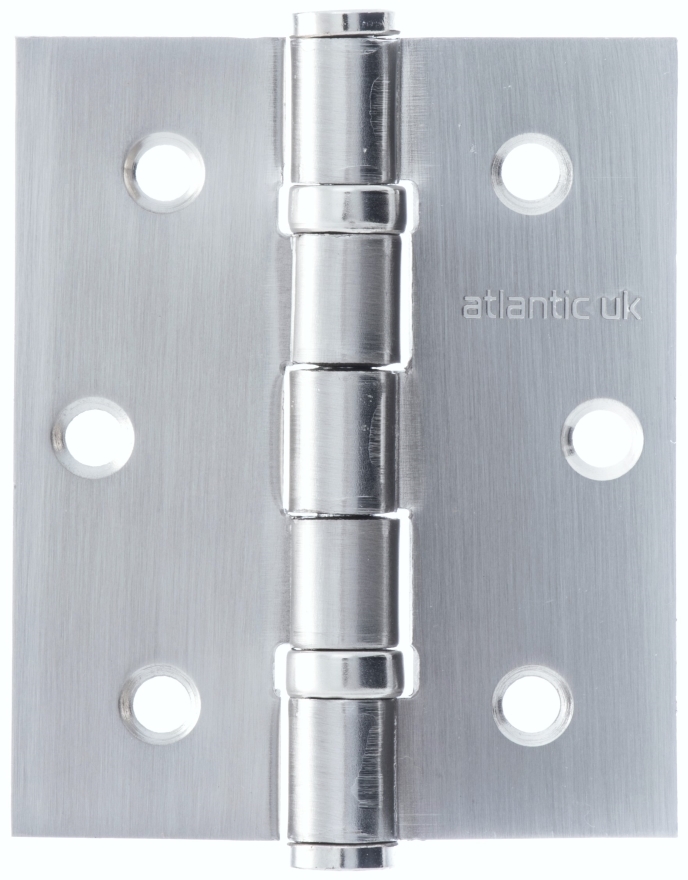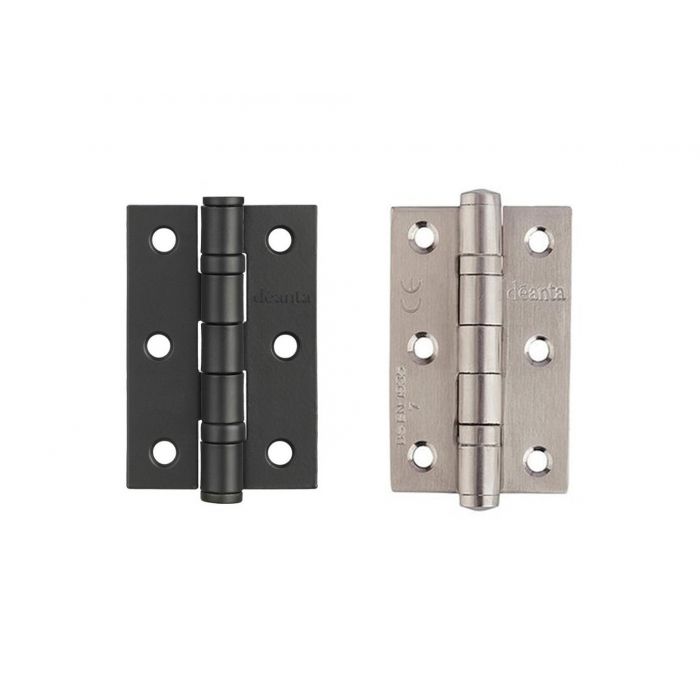Measuring for Hinges: A Comprehensive Guide
Measuring for Hinges: A Comprehensive Guide
Key Takeaways
| Aspect | Detail |
|---|---|
| Hinge Types | Butt hinges, square hinges |
| Measurement Points | Door height, width, thickness |
| Tools Needed | Tape measure, pencil, notepad |
| Placement | Top, middle, bottom of door |
| Material Considerations | Weight and size of door |
Key Elements of Measuring for Hinges
- Identify the hinge type required
- Measure door dimensions accurately
- Consider door material and weight
- Determine hinge placement
- Follow manufacturer guidelines
Introduction
When installing or replacing internal door hinges, accurate measurements are crucial to ensure proper fitment and smooth operation. In this comprehensive guide, we'll walk you through the process of measuring for hinges, covering various types and their specific requirements.
Types of Hinges
There are several types of hinges available for internal doors, each with its own unique characteristics:
Butt Hinges
The most common type, butt hinges are suitable for lightweight to medium-weight doors. They are available in various sizes and finishes, such as the Satin Chrome 3" Butt Hinge Pair.
Square Hinges
These hinges offer a contemporary look and are suitable for modern interior doors. The Square Hinge Pair 76x50x2mm is a sleek option.
Measuring Door Dimensions
To determine the appropriate hinge size, you'll need to measure the following door dimensions:
- Height: Measure from the top of the door to the bottom.
- Width: Measure from one side of the door to the other at its widest point.
- Thickness: Measure the door's thickness at the edge where the hinges will be installed.
Make sure to use a reliable tape measure and record the measurements accurately.
Hinge Placement
The placement of hinges on an internal door is essential for proper balance and functionality. Generally, hinges are positioned as follows:
- Top Hinge: 5-7 inches from the top of the door.
- Bottom Hinge: 10-11 inches from the bottom of the door.
- Middle Hinge (if applicable): Centered between the top and bottom hinges.
However, it's always best to consult the manufacturer's guidelines for specific placement recommendations, especially for specialty hinges like the 4" FD30 Rated Butt Hinge.
Material Considerations
The material and weight of your internal door will influence the type and size of hinges required. Heavier doors, such as solid oak doors, may require more robust hinges like the Oak Pairmaker for Internal Doors.
Always consider the door's weight and size when selecting hinges to ensure they can support the door adequately.
Installation Tips
- Pre-drill pilot holes to avoid splitting the wood.
- Use a hinge jig for accurate and consistent installation.
- Ensure screws are tightened securely but not over-tightened.
- Test the door's operation after installation and make adjustments if needed.
Conclusion
Measuring for hinges is a critical step in ensuring the proper installation and function of your internal doors. By understanding the different types of hinges, accurately measuring door dimensions, and considering factors like placement and material, you can select the perfect hinges for your project.
For more information on door furniture and accessories, visit our Door Furniture, Skirting Board & Architrave, and Door Frames & Linings sections.
Remember, precise measurements and attention to detail are key to achieving a professional and long-lasting result when installing or replacing internal door latches and hinges.













